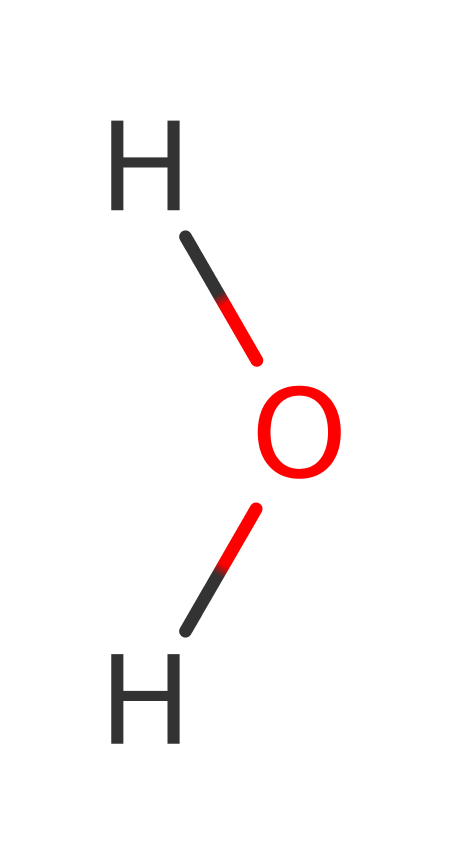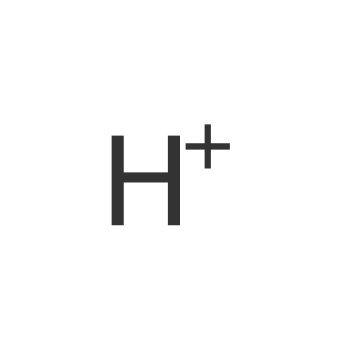4-hydroxy-3-methylbut-2-en-1-yl diphosphate synthase (IspG)
4-hydroxy-3-methylbut-2-en-1-yl diphosphate (HMBPP) synthase is part of a non-mevalonate biosynthesis terpene pathway called the MEP pathway. This is an essential pathway for isoprenoid biosynthesis in many human pathogens while also being absent in humans and therefore is of interest for drug development. Specifically it converts 2-C-methyl-D-erythritol 2,4-cyclic diphosphate (MEcPP) to HMBPP by reductive dehydroxylation.
Reference Protein and Structure
- Sequence
-
Q5SLI8
 (1.17.7.3)
(1.17.7.3)
 (Sequence Homologues)
(PDB Homologues)
(Sequence Homologues)
(PDB Homologues)
- Biological species
-
Thermus thermophilus HB8 (Bacteria)

- PDB
-
4s38
- IspG in complex MEcPP
(1.4 Å)



- Catalytic CATH Domains
-
3.20.20.20
 (see all for 4s38)
(see all for 4s38)
- Cofactors
- Tetra-mu3-sulfido-tetrairon (1)
Enzyme Reaction (EC:1.17.7.3)
Enzyme Mechanism
Introduction
Glu232 initiates the reaction by removing a proton from the MEcPP C3 hydroxyl group, forming an alkoxide complex. IspG catalyzes positional isotopic exchange of the MEcPP's external diphosphate oxygen atoms that causes a reversible C2-O bond cleavage and ring opening. This C2 atom then turns to a carbocation and then to a radical state, mediated by the first electron transfer from FMN via the [Fe4S4]2+/3+ cluster. The second electron transfer creates a carbanion which then forms a double bond with C3. Lastly, the C3 oxygen is protonated by Glu232 and freed to the solution creating the final product HMBPP.
Catalytic Residues Roles
| UniProt | PDB* (4s38) | ||
| Glu232 | Glu232A | Glu232 acts as a proton donor and acceptor for C3 hydoxly group. It initiates the reaction by removing a proton from the substrate. | proton acceptor, proton donor |
Chemical Components
proton transfer, intermediate formation, decyclisation, electron transfer, radical formation, radical propagation, intermediate terminated, radical termination, intramolecular rearrangement, electron relay, intramolecular eliminationReferences
- Quitterer F et al. (2015), J Mol Biol, 427, 2220-2228. Atomic-Resolution Structures of Discrete Stages on the Reaction Coordinate of the [Fe 4 S 4 ] Enzyme IspG (GcpE). DOI:https://doi.org/10.1016/j.jmb.2015.04.002.
- Rohdich F et al. (2003), Proc Natl Acad Sci U S A, 100, 1586-1591. The deoxyxylulose phosphate pathway of isoprenoid biosynthesis: Studies on the mechanisms of the reactions catalyzed by IspG and IspH protein. DOI:https://doi.org/10.1073/pnas.0337742100.
- Kollas A et al. (2002), FEBS Lett, 532, 432-436. Functional characterization of GcpE, an essential enzyme of the non-mevalonate pathway of isoprenoid biosynthesis. DOI:10.1016/s0014-5793(02)03725-0.

Step 1. Glu232 moves into proximity of the MEcPP C3 hydroxyl group. This amino acid then accepts a proton released on formation of the alkoxide complex.
Download: Image, Marvin FileCatalytic Residues Roles
| Residue | Roles |
|---|---|
| Glu232A | proton acceptor |
Chemical Components
proton transfer
Step 2. IspG catalyzes positional isotopic exchange of the MEcPP's external diphosphate oxygen atoms that causes a reversible C2-O bond cleavage and ring opening. The C2 atom turns to a carbocation.
Download: Image, Marvin FileCatalytic Residues Roles
| Residue | Roles |
|---|
Chemical Components
intermediate formation, decyclisation
Step 3. The carbocation turns to a radical state, mediated by the first electron transfer from FMN via the [Fe4S4]2+/3+ cluster.
Download: Image, Marvin FileCatalytic Residues Roles
| Residue | Roles |
|---|
Chemical Components
electron transfer, radical formation, radical propagation, proton transfer, intermediate terminated
Step 4. The second electron transfer creates a carbanion and the loose phosphate gets protonated from the solution.
Download: Image, Marvin FileCatalytic Residues Roles
| Residue | Roles |
|---|
Chemical Components
radical termination, proton transfer, intramolecular rearrangement, electron transfer, radical propagation, electron relay
Step 5. The C2 carbanion then forms a double bond with C3, which in the same time loses its oxygen. The C3 oxygen is lost by protonation from Glu232 and afterwards the solution.
Download: Image, Marvin FileCatalytic Residues Roles
| Residue | Roles |
|---|---|
| Glu232A | proton donor |






 Download:
Download: